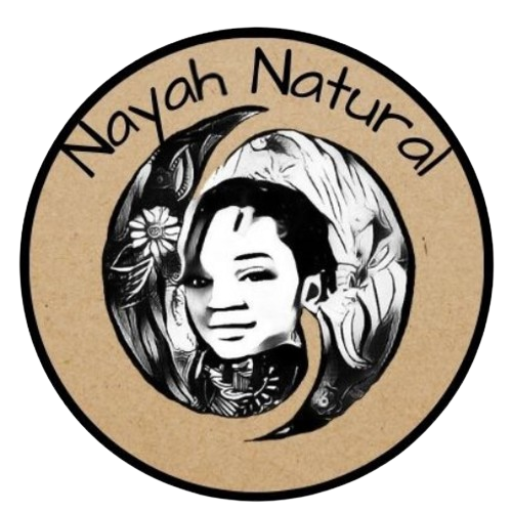Food and Drug Administration
The FDA is the US Government Agency that is supposed to help the public by regulating dangerous products and warning the public of any dangers caused by anything sold or consumed in the US.
Learn more about the FDA, is role and responsibilities and how they are designed to help you make informative decisions on the products that you place in and on your body.
Who is the CPSC?
The Consumer Product Safety Commission (CPSC) is an independent federal regulatory agency established to protect the public from unreasonable risks of injury or death associated with consumer products. The CPSC aims to ensure the safety of over 15,000 different types of consumer products used in and around the home, in sports, recreation, and schools. Its mission is to reduce the risk of injuries and deaths by enforcing regulations and promoting safer products.
When Was the CPSC Founded?
The CPSC was established by the Consumer Product Safety Act, which was signed into law by President Richard Nixon on October 27, 1972. The commission began operating on May 14, 1973.
Roles and Responsibilities
The CPSC has several key roles and responsibilities in safeguarding the American public:
Setting Safety Standards: The CPSC develops and enforces mandatory safety standards for consumer products. It also works with industry groups to create voluntary safety standards.
Product Recalls: The commission has the authority to issue recalls of products that pose a significant risk to consumers. It can also ban hazardous products.
Research and Data Collection: The CPSC conducts research on potential product hazards and maintains the National Electronic Injury Surveillance System (NEISS), which collects data on consumer product-related injuries.
Public Education: The CPSC educates consumers about product safety through various campaigns and resources, aiming to prevent accidents and injuries.
Compliance and Enforcement: The commission ensures compliance with safety standards through inspections, investigations, and legal actions against manufacturers and retailers who violate regulations.
Shortcomings of the CPSC
Despite its important role, the CPSC has faced criticism for some decisions that have led to adverse outcomes:
Magnet Sets: In the early 2000s, the CPSC was criticized for its slow response to the dangers posed by high-powered magnet sets, which led to numerous injuries and fatalities among children who ingested them. The commission eventually banned the products in 2014, but not before significant harm had occurred.
Toxic Toys: The CPSC has faced challenges in promptly addressing the presence of toxic substances, such as lead, in children’s toys. Despite regulations, some unsafe products managed to reach the market, leading to recalls and public outcry.
Positive Contributions of the CPSC
The CPSC has made significant contributions to public safety:
Child Safety: The commission has been instrumental in improving the safety of children’s products, such as cribs, strollers, and car seats. These efforts have resulted in a decline in fatalities and injuries.
Fire Safety: The CPSC has played a key role in enhancing fire safety standards for products like mattresses and upholstered furniture, reducing the incidence of fire-related deaths and injuries.
Carbon Monoxide Detectors: The CPSC has promoted the use of carbon monoxide detectors, which have saved numerous lives by preventing poisoning from this colorless, odorless gas.
Interaction with Other Government Agencies
The CPSC collaborates with various other government agencies to ensure consumer safety:
Food and Drug Administration (FDA): The CPSC works with the FDA on issues where product safety overlaps, such as the regulation of certain medical devices and products that emit radiation.
Environmental Protection Agency (EPA): The CPSC and EPA collaborate on issues related to toxic substances, ensuring that consumer products do not pose environmental or health risks.
National Highway Traffic Safety Administration (NHTSA): The CPSC partners with NHTSA on issues related to vehicle safety, particularly regarding child car seats and other automotive safety devices.
References
CPSC Official Website
Consumer Product Safety Act
National Electronic Injury Surveillance System (NEISS)

